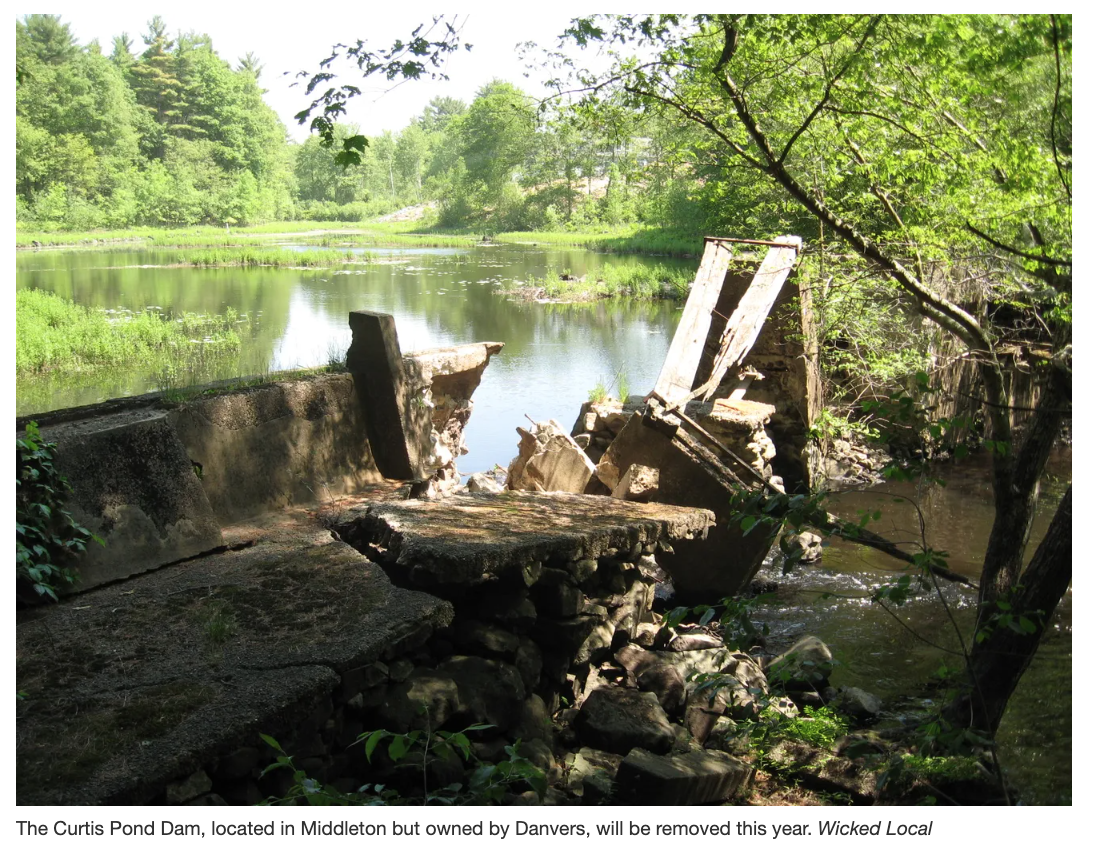The following is a letter to the editor in response to the piece “Maple Corner Gives a Dam,” published on August 3 in Seven Days:
[“Maple Corner Gives a Dam,” August 3] fails to map the watershed connection: Pekin Brook and the wetlands that support Curtis Pond are headwaters to the Kingsbury Branch, which flows to the Winooski River and, ultimately, Lake Champlain. Once, this river flowed freely, moving sediment, nutrients, fish and other organisms downstream. Then, in 1900, Curtis Pond Dam was built to create a millpond.
This man-made barrier caused the water to stop moving, resulting in warmer water temperature, less dissolved oxygen and a sediment-starved downstream. The trout were replaced by sunfish, the biodiversity dropped, nutrients were trapped and the emergent wetland vegetation suffocated.
Reconnecting rivers is a nature-based solution to climate change, and it’s no secret that Lake Champlain is in trouble. Local watershed associations and conservation districts, regional planners, and state and federal partners are working hard with communities to weigh the benefits and impacts and prioritize projects that achieve the most water quality, habitat and public safety improvements while at the same time supporting improved public access for recreation, including fishing, swimming and boating. Vermont’s future depends on clean water, and removal of derelict dams is part of the clean water puzzle.
Curtis Pond is obviously an important resource to the residents of Maple Corner, and the Vermont Natural Resources Council supports their efforts to maintain it. But it is equally important to understand the trade-offs these decisions involve. We must take every advantage to remove derelict dams that fragment habitat, degrade water quality and pose a threat to downstream properties.
—Karina Dailey, Restoration Ecologist, Vermont Natural Resources Council




